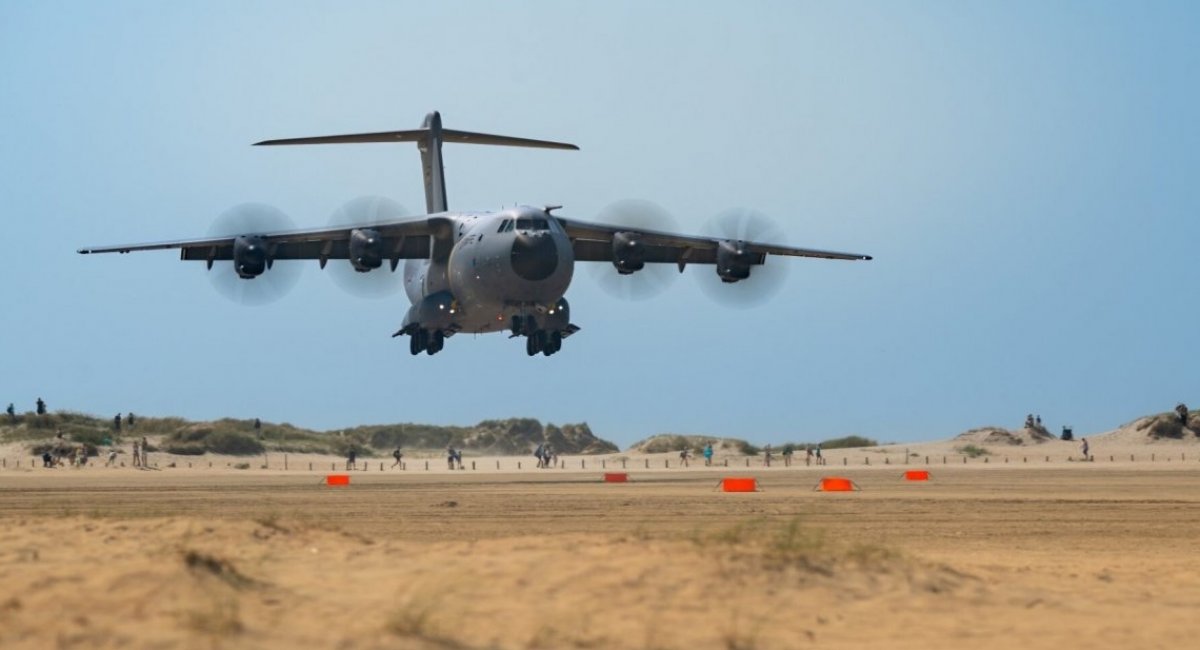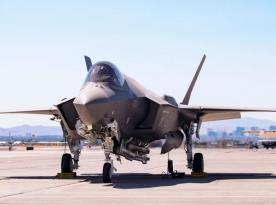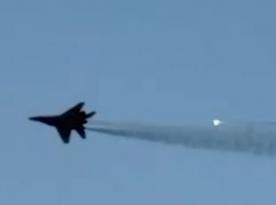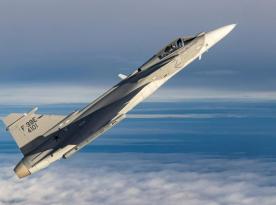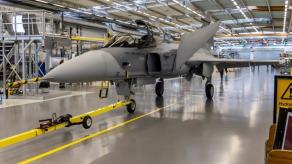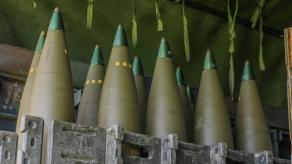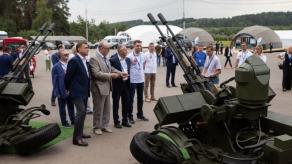The German Air Force (Luftwaffe) has once again demonstrated the capabilities of its Airbus A400M military transport aircraft, landing the plane directly on a sandy beach as part of training exercises. The maneuver was conducted by the 62nd Air Transport Wing, with the landing taking place on Denmark's Rømø Island.
According to reports, this marks only the second-ever A400M aircraft landing on a sandy beach since the aircraft entered service. The first took place in 2023. To prepare for the high-risk exercise, crews underwent specialized simulator training before the live operation, Hartpunkt noted.
Read more: 20–25 Systems to Shield Kyiv From Shaheds: New MaXon Air Defense Details With Balloon-Mounted Drones
Landing a heavy aircraft on sand is far more challenging than operating from a conventional runway or even a grass strip. For pilots, the risk of instability and loss of control is far higher, while for the aircraft itself, soft terrain increases the strain on landing gear and engines. Even many light aircraft cannot safely perform such landings, underscoring the achievement of the A400M, a plane designed to carry heavy loads over long distances.
For this particular exercise, the A400M aircraft was configured with reduced overall weight and equipped with special protective measures designed for operations on unprepared surfaces. While the exact landing weight was not disclosed, the A400M has an empty weight of 78.6 tons and a maximum takeoff weight of 141 tons.
The ability to operate from sandy or unpaved surfaces significantly enhances the aircraft's operational flexibility. In a combat scenario, if runways are destroyed or infrastructure is lacking, the A400M aircraft can still deliver critical cargo, troops, or equipment directly to forward areas. This is particularly valuable for NATO, which anticipates operations in contested environments where infrastructure may not be available.
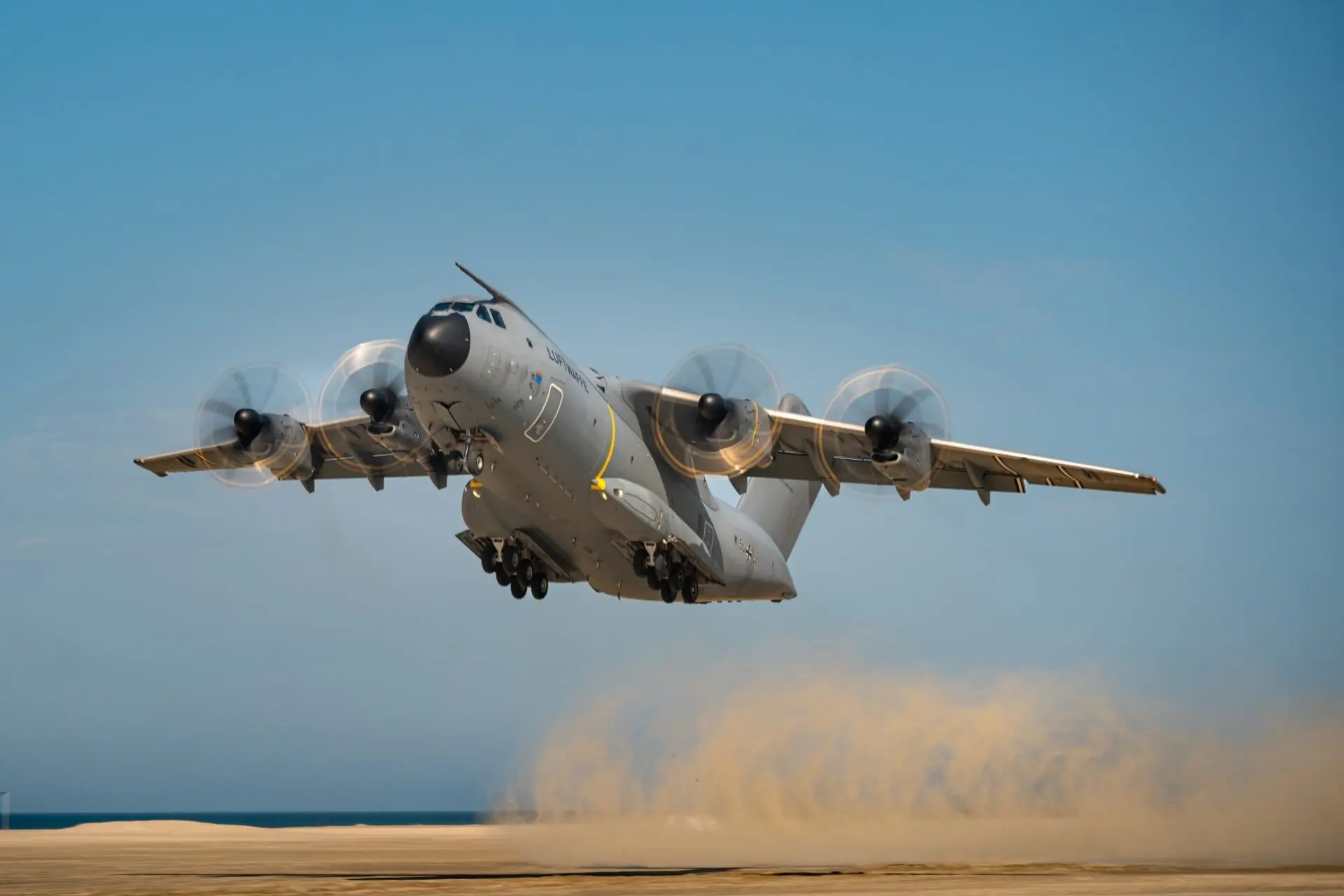
However, the exercise also highlights the broader issue of European military mobility. Despite the A400M aircraft's advanced capabilities, logistical challenges remain. For example, German military planners estimate that moving just one Puma infantry fighting vehicle by air requires two A400M aircraft and four days.
This limitation shows that while beach landings and rough-field operations increase tactical flexibility, they do not fundamentally solve the strategic mobility gap faced by European armed forces. The ability to quickly transport armored units, particularly main battle tanks, remains highly constrained by available airlift capacity.
Read more: Bundeswehr to Order 1,500 Wolf 2 Offroad Vehicles, Derived From Mercedes-Benz G-Class




